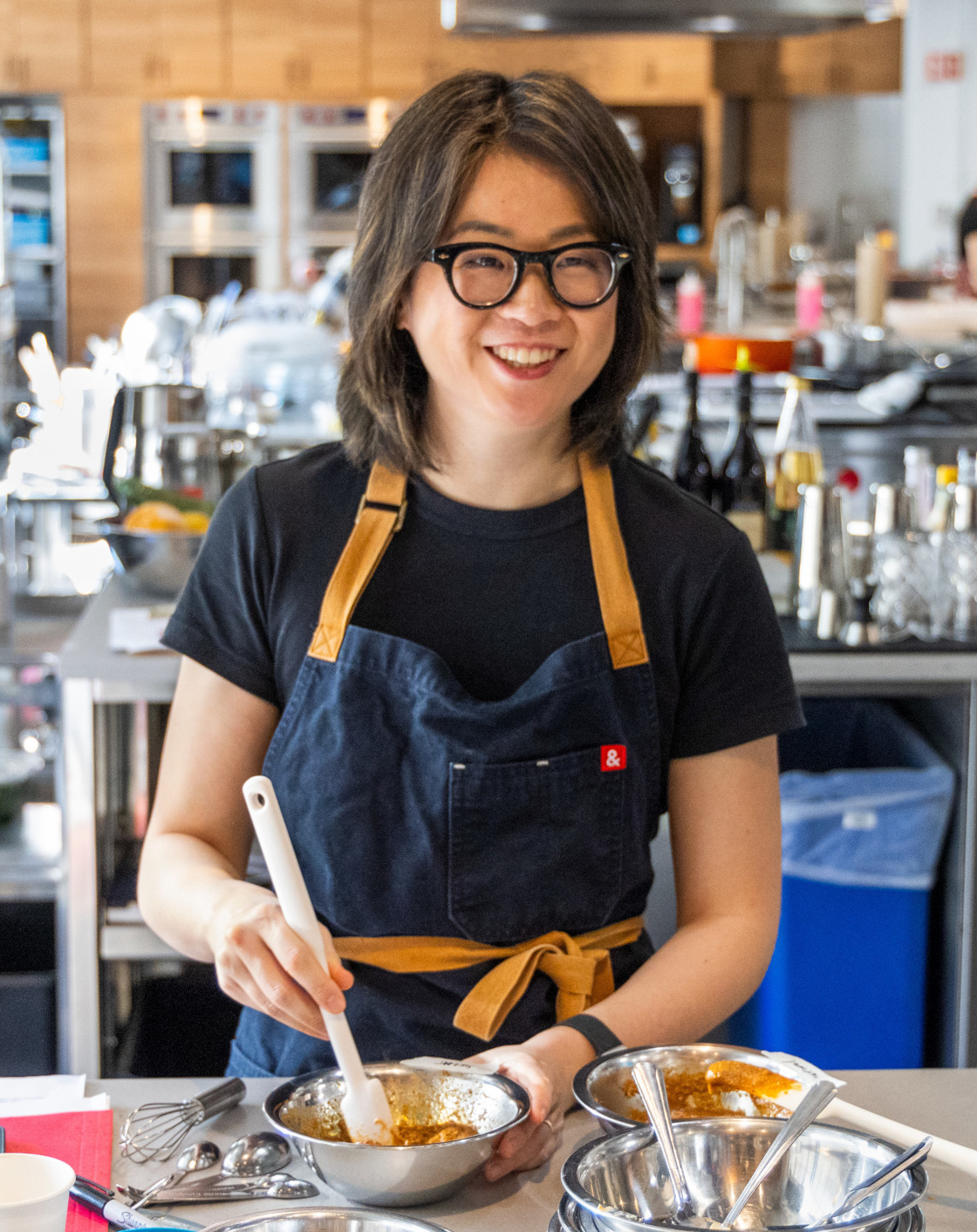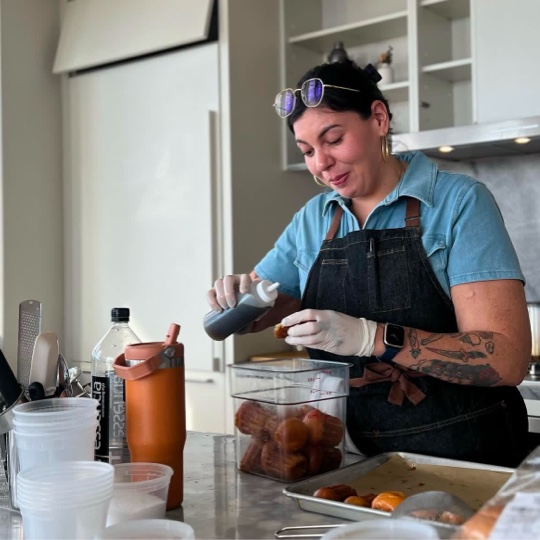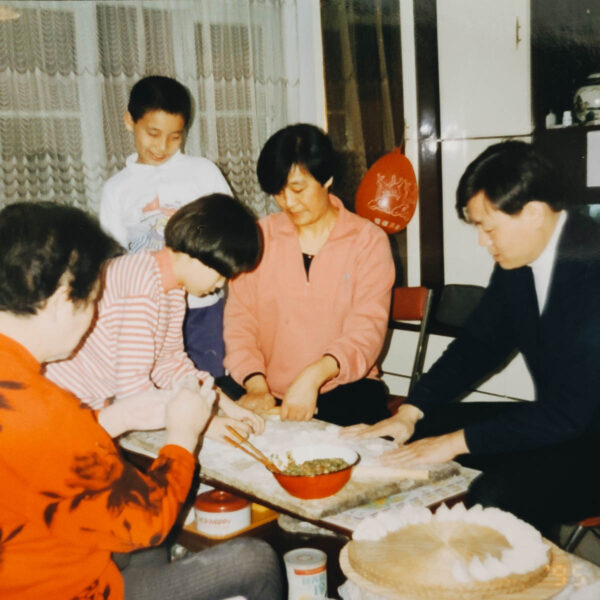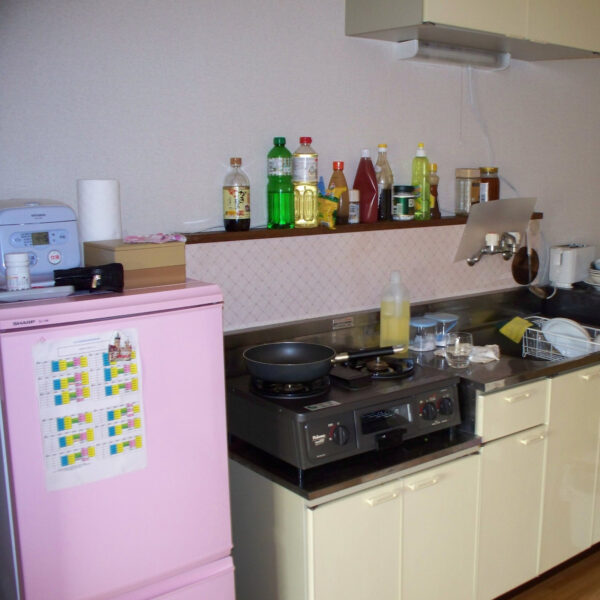About
Welcome, I’m Maggie Zhu
Hi, and welcome to Omnivore’s Cookbook — your source for real-deal Chinese flavors through a modern Chinese cooking style. I show you how easy it is to cook with wholesome ingredients in your kitchen to create delicious dishes that are like the ones you have in Chinese restaurants.
I started Omnivore’s Cookbook in 2013. Born and raised in Beijing, I moved to Austin, Texas in 2015. Now I’m a full-time New York-based blogger, writer, recipe developer, and photographer.
My mission is to help more people get to know real Chinese food, including less-known regional cuisines, like Northern and Xinjiang food.

What’s Modern Chinese Cooking?
Precise Measurements
I share family recipes with precise measurements to help non-Chinese cooks. My grandma never measured, and my mom rarely does. For instance, I recreated my favorite Lion’s Head Meatballs by observing and experimenting.
Designed for Your Kitchen
I tweak cooking processes and use modern appliances to simplify recipes for a standard Western kitchen. For example, I use a large skillet instead of a wok for many stir-fry dishes and a blender and mixer to make dumplings, buns, and hand-pulled noodles.
Healthier Dishes
I make homemade dishes that are healthier than restaurant versions. For example, my Chinese-American takeout-style orange chicken features crispy chicken without deep frying. Almost all of my recipes use natural, whole ingredients.
Integrated Flavors
I celebrate Chinese spices and ingredients, blending them with local flavors while honoring authentic Chinese cuisine. For example, my Sichuan Roasted Chicken combines real Sichuan spices with the flavor profile of Chinese Smoked Duck.
About me
Meet the Team

Emily DruckerPastry Assistant:
Emily, a native New Yorker with over a decade of experience as a pastry chef in Michelin-starred kitchens, joined the Omnivore’s Cookbook team in 2023 to develop recipes for traditional Chinese baked goods, especially milk bread. She’s currently studying neuroscience and psychology, hosting pop-up tasting menus, and running @dirtybirdsweetsnyc, her Instagram-based micro bakery. In her free time, Emily enjoys weekends upstate, exploring NYC’s food scene, and doting on her cats, Bialy and The Void.

Austin DilleyKitchen Assistant:
Austin, from Encinitas, California, discovered his passion for restaurants in college in New York’s Hudson Valley. Since moving to Brooklyn in 2021, he’s cooked across the city and is pursuing a master’s in Food Studies at NYU, focusing on restaurant history, kitchen labor, and cuisine’s ties to conflict and immigration. In his free time, he enjoys biking, reading, and exploring NYC’s food scene. As a new member of Omnivore’s Cookbook, Austin is excited to delve into Chinese culture and cuisine.

FathimaVirtual Assistant:
Fathima, from Chennai, India, is a proud mother of four beautiful daughters, three of whom now shine down from heaven. Married in 2007, her journey has been one of love, resilience, and gratitude. She finds peace and daily inspiration in nature, traveling, and music. Fathima is thriving in her role as a virtual assistant to Maggie and collaborating with others. This work keeps her motivated, connected, and brings her great joy.

Jean-Luc RoyKitchen Assistant:
Jean-Luc, a fine dining chef from Montreal, Canada, began his culinary journey in French restaurants as a teenager. His passion for cuisine has taken him from Michelin-starred kitchens in New York to Cantonese kitchens and extensive travels across China. Now part of the Omnivore’s Cookbook team, Jean-Luc brings his expertise to developing innovative recipes. In his free time, he enjoys exploring diverse cuisines, perfecting his craft, and discovering the vibrant food scene around him.
Press
Omnivore’s Cookbook was recognized by Yahoo News as one of the 7 Food Blogs You Should Be Following For Asian Cuisine and named Best Weeknight Dinner Blog by SAVEUR in 2019. In 2020, the site was featured in Season 4, Episode 5 of Lucky Chow, a PBS show.
Chinese Homestyle was featured on NPR, New York Public Radio, Epicurious, Martha Steward, Splendid Table and more.
I’ve written for the Austin Statesman and featured in Reader’s Digest, MSN, Good Housekeeping, Huffington Post, and Buzzfeed.






